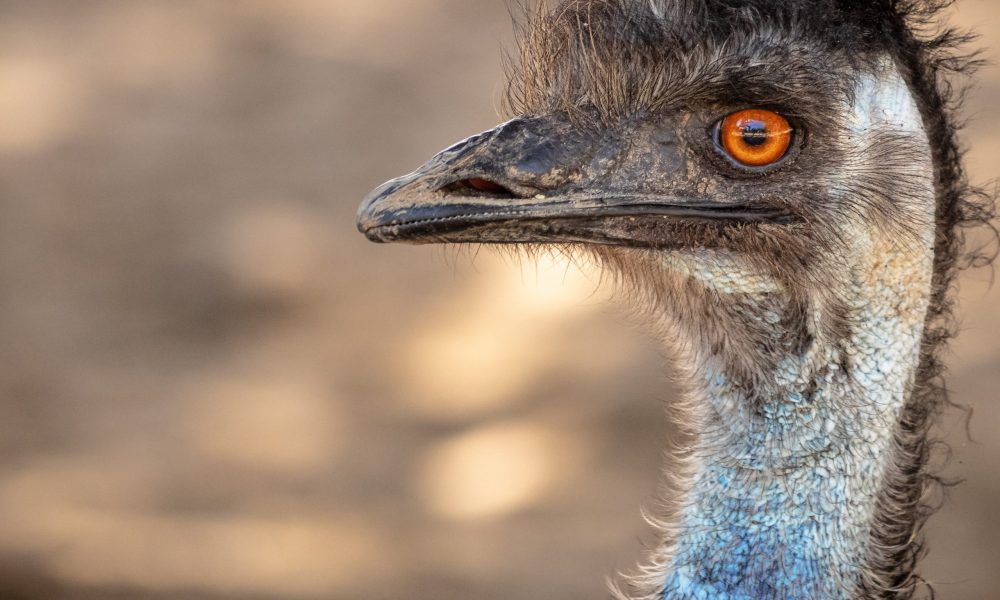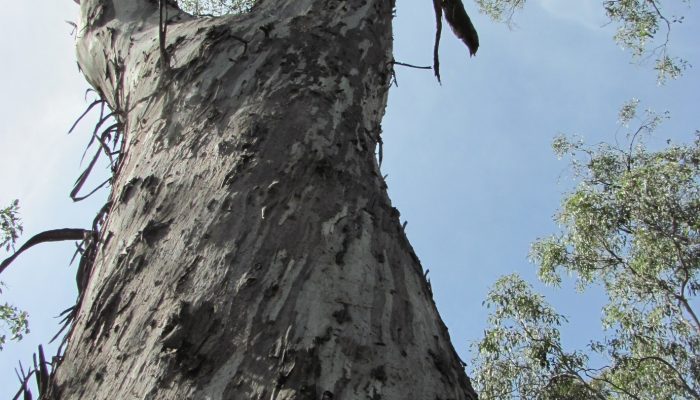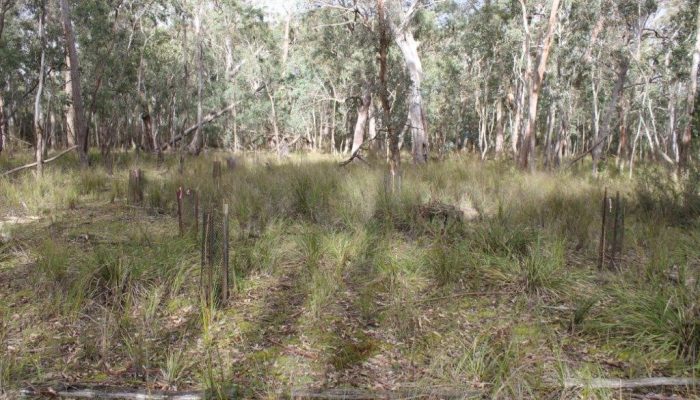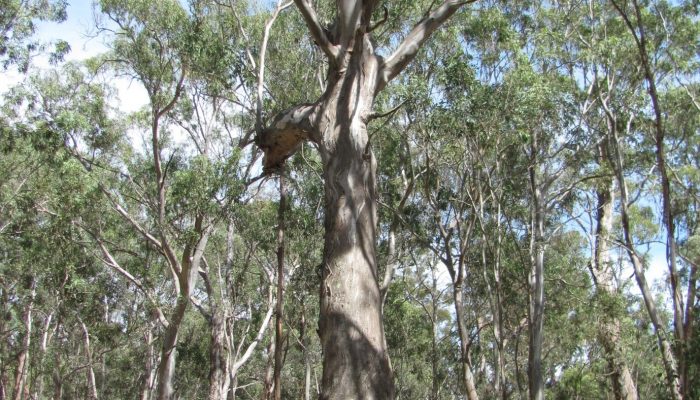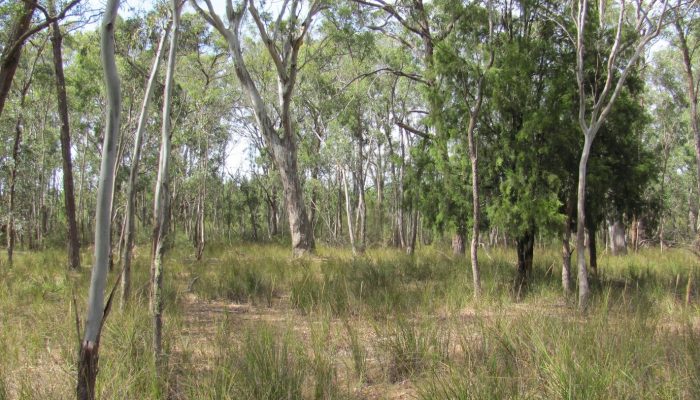Located in Old Paisley Road, Munro, the Bates-Paisley Park Reserve was purchased in 2002 with funding from the National Reserve System. The reserve covers 4.8 ha and protects the critically endangered Gippsland Red Gum Grassy Woodland system.
Bates-Paisley Park Reserve is open by appointment.
All Trust for Nature reserves are closed on days of Total Fire Ban, and days of severe, extreme and code red fire danger.
